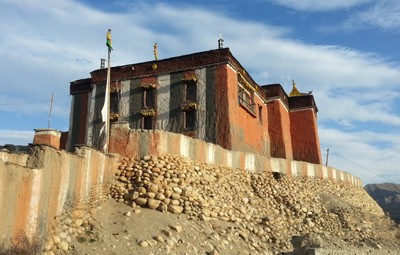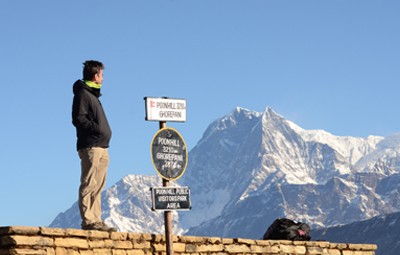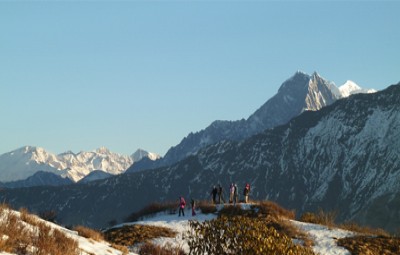Unveiling Nepal's Hidden Beauty: Nepal Trekking During the monsoon season, the land of the soaring Himalayas offers unparalleled trekking experiences. But what if we told you there's a season beyond the typical spring and autumn rush that unveils a whole new side of this majestic country? The monsoon season, often overlooked, holds a secret charm for those willing to embrace it.
While heavy rains are a defining feature of the monsoon (June–August), they paint the landscapes in a way unseen during other times. Imagine lush green slopes bursting with life, cascading waterfalls at their peak, and skies washed clean, revealing the breathtaking panorama of snow-capped mountains in all their glory.
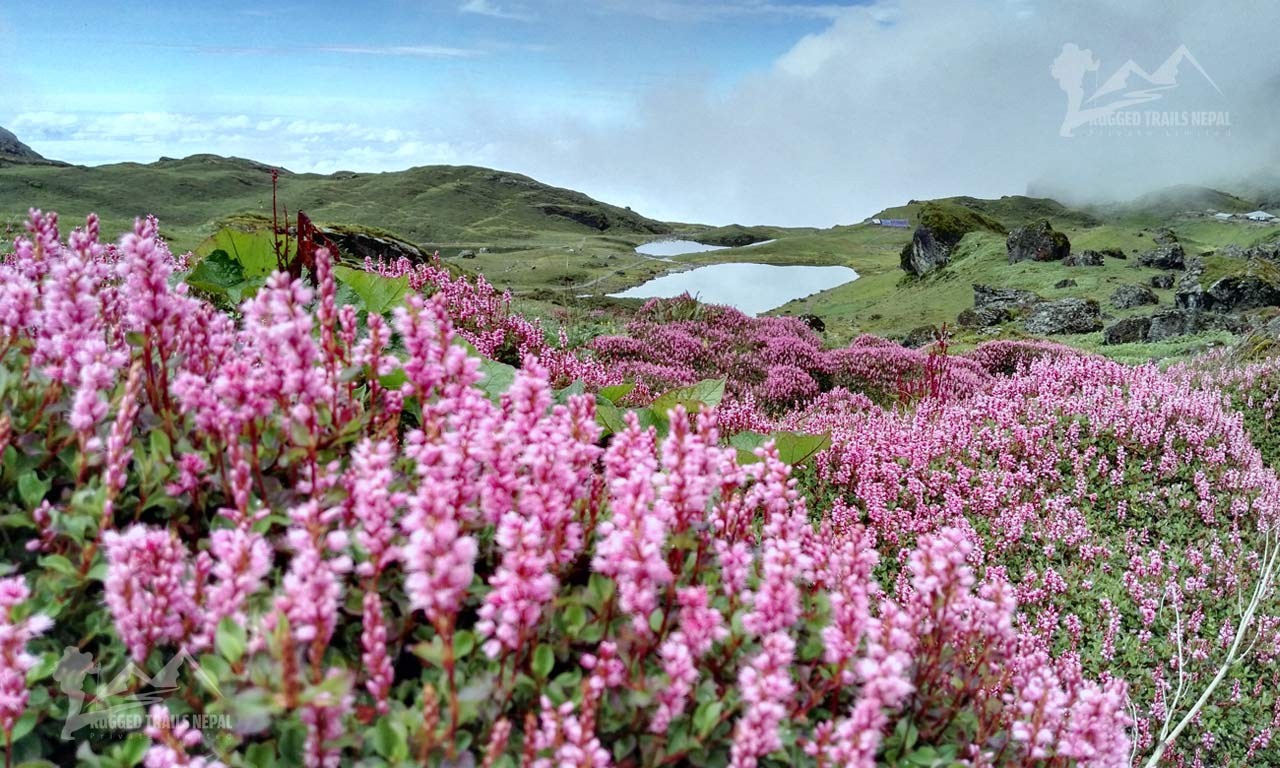
Monsoon Magic: A Different Nepal Awaits
The monsoon transforms Nepal into a verdant paradise. Rolling farmlands burst with colour, the air is invigoratingly fresh, and serene blue lakes nestled amidst the mountains become even more captivating. Here's what makes monsoon trekking in Nepal special:
Waterfall Wonders: The increased rainfall brings these majestic waterfalls to life. Witness the power and grandeur of nature as these cascading giants showcase their full force.
Clear Skies After the Rain: The monsoon washes away dust and haze, leaving behind skies of a brilliant blue. Prepare to be in awe of the crystal-clear views of the snow-capped Himalayan giants.
Tranquil Trails: The monsoon season sees fewer crowds, allowing you to truly immerse yourself in the serenity of the Himalayas. Enjoy the peace and quiet as you navigate the trails.
Fresh Mountain Air: The monsoon brings with it a refreshing cleanse, washing away dust and leaving the air crisp and invigorating. Breathe deeply and feel the rejuvenating power of the mountains.
Captivating Blue Lakes: The monsoon fills the mountain lakes to their brim, creating a breathtaking spectacle of turquoise waters nestled amidst the lush greenery.
Snow-Capped Majesty: The monsoon doesn't diminish the majesty of the Himalayas. Witness the snow-capped peaks standing tall against the dramatic monsoon skies.
Yes, you can go monsoon trekking!
Contrary to popular belief, monsoon hiking in Nepal is highly doable. While many blogs and local travel companies promote longer monsoon treks like Upper Dolpo, Upper Mustang, and Nar Phu Valley, these adventures may not be suitable for all travelers. Some even require camping with full gear. Here, we suggest alternative treks that are perfect for the monsoon season: shorter routes that don't require domestic flights and can be completed easily.
Short Monsoon Treks (1-4 Days):
Ghorepani Poon Hill Trek (Easy)
This classic trek offers breathtaking sunrises and panoramic views of Mt. Annapurna, Dhaulagiri, and Fishtail. Choose a 2-day option or extend it to 3–4 days for a more immersive experience through Ghandruk village and its Gurung culture.
Dhampus Village Trek (Easy):
From Dhampus village, home to the hospitable Gurung people, this brief trek offers breathtaking views of Tukuche Peak, Dhaulagiri, and Fishtail. It is ideal for families and slow walkers.
Balthali village Trek; Best Monsoon Hike and Trek from Kathmandu
Seeking a tranquil escape near Kathmandu? The Balthali Village Trek offers a delightful alternative. This short, easy hike is perfect for families or those short on time. Immerse yourself in lush landscapes, ancient temples, and traditional villages – all within a day's reach of the city. Witness breathtaking scenery, experience local life, and discover the hidden beauty surrounding Kathmandu.
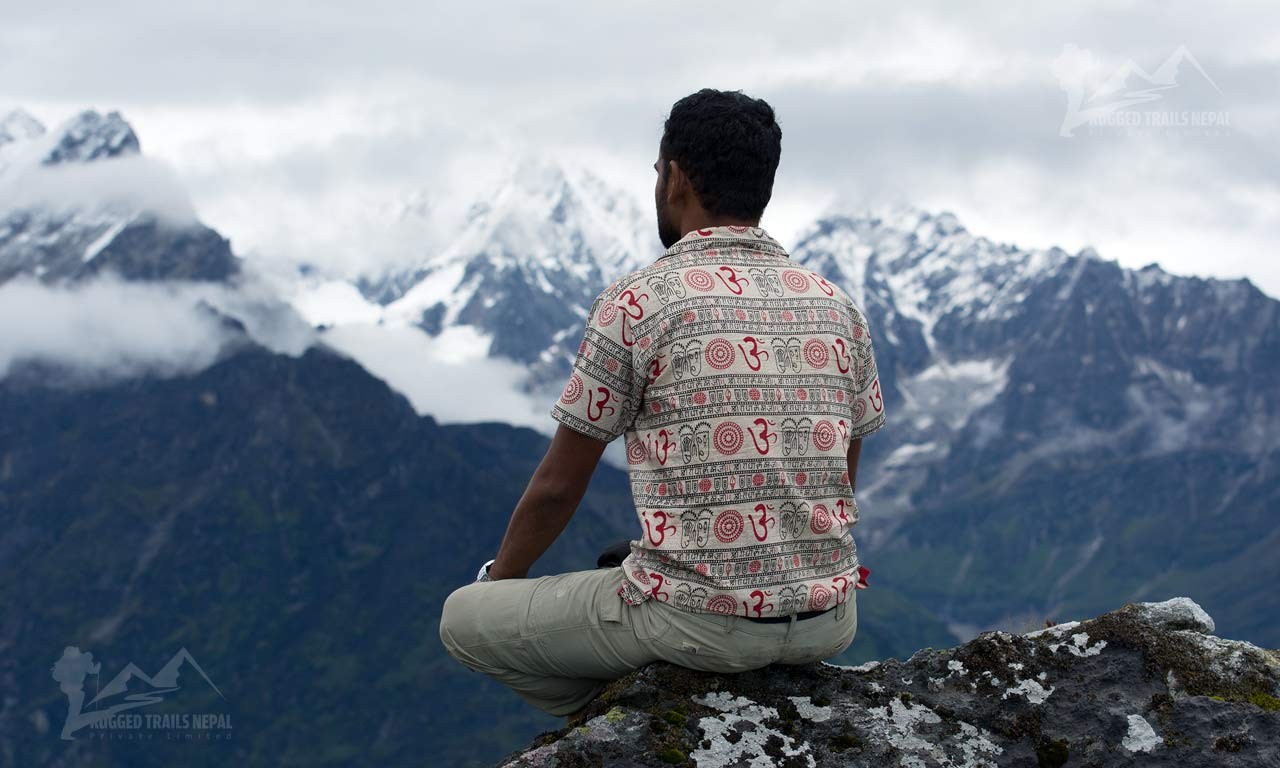
Moderate Treks (4–7 Days):
Mardi Himal Trek:
This hidden gem boasts a moderate route with magnificent views of Mt. Fishtail, Annapurna South, Hiunchuli, and Mardi Peak. Photographers will especially love the landscape on this trek.
Khopra Danda Trek
A popular Annpurna foothill trekking route, this trek unveils a breathtaking panorama of Dhaulagiri, the Annapurna ranges, and Machhapuchhare. Consider a day hike to Khayer Lake for an even more rewarding experience.
Ghorepani-Mardi Himal Trek
This combined trek merges the beauty of Ghorepani and Mardi Himal into a single 7-day adventure. Witness stunning sunrises and diverse mountain landscapes.
Short Annapurna Base Camp Trek.
Got depressed during the monsoon season? Keep going on your adventure in Nepal! During this dynamic moment, the Annapurna Base Camp Trek offers a unique experience. Experience fewer crowds, beautiful, life-filled landscapes, and flowing waterfalls on this intermediate trip (5-8 days). Reach the breathtaking base camp, which is at a height of 13,451 feet and encircled by famous peaks like Dhaulagiri and Annapurna. Take in the splendour of the monsoon and set out on a once-in-a-lifetime trip to the Annapurna region!
Longer Treks (10–15 Days):
Upper Mustang Trek
Embark on a journey to the "last forbidden kingdom" of Nepal. Explore the unique culture, Tibetan Buddhist monasteries, and ancient caves in Upper Mustang. This requires special permits and is best suited for experienced trekkers.
Langtang Valley Trek.
Usually lasting 8 to 10 days, the Langtang Valley Trek is a great trip for moderate trekkers. Pick your challenge: climb to 5,050 metres (16,568 feet) for breathtaking views, or choose 3,817 metres (12,522 feet) for a more leisurely ascent. The trip starts in the quaint village of Syabrubesi, which is located roughly 7-8 hours by car from Kathmandu. Along the way, you'll travel through traditional Tamang settlements like Lama Hotel and Rimche as you weave through Langtang National Park.
Annpurna Circuit Trek
On the 14–21-day Annapurna Circuit Trek, set off on an incredible adventure through the heart of the Himalayas. Explore a variety of environments, including verdant valleys and Thorong La, the highest pass in the world (17,769 feet). Take in the spectacular views and Tibetan culture during this moderate-to-difficult walk.
Nar Phu Valley Trek
This off-the-beaten-path excursion provides an insight into a rural region with different customs and stunning scenery.
Monsoon Trekking: Be Ready for Adventure
While the beauty is evident, monsoon trekking demands cautious planning:
Select the right trek: Choose rain-shadow areas like Upper Mustang or well-established trails like Everest Base Camp.
Sherpa Guide: An expert guide is required for navigating hazardous trails and maintaining safety during the rainy season.
Pack appropriately: Waterproof clothing, appropriate footwear, and rain protection are essential.
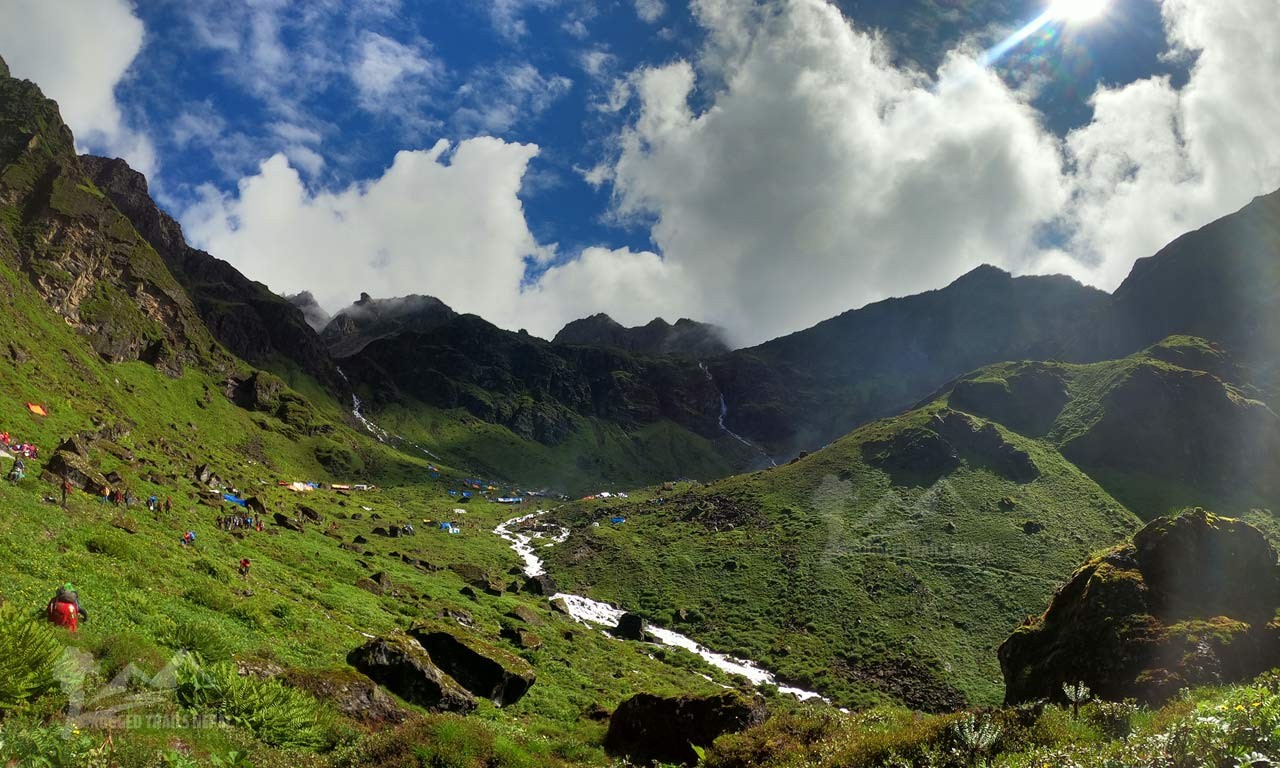
Chasing Everest's Base Camp Majesty: Trekking During the Monsoon
Tempted by the challenge of Everest Base Camp, but worried about the monsoon season? While fixed itineraries might need adjustments due to unpredictable weather and flight cancellations, don't write off this adventure entirely! The monsoon paints the Himalayas in vibrant hues, with cascading waterfalls and lush landscapes. And the best part? Fewer crowds! Embrace the spirit of adventure and be prepared for the possibility of delays. After the rain clears, the mountain views can be even more breathtaking. So, pack your raincoat, embrace the unexpected, and take a shot at this once-in-a-lifetime experience!
FAQs, or frequently asked questions,
What is the typical monsoon season temperature?
In the summer, the average temperature is about 23 degrees Celsius. The temperature decreases as you get higher.
What amount of rain falls on average during the monsoon season?
In July, in the midst of the monsoon season, there is an average rainfall of 135 to 325 mm.
Does this season bring with it lightning and thunder?
Storms, lightning, and thunder are not frequent, but they do happen occasionally.
Is it safe to go hiking by yourself in the rainy season?
It is possible to walk alone; however, for your own safety, we highly recommend hiking with a guide. You can rely on the guide to help you navigate and get over barriers.





